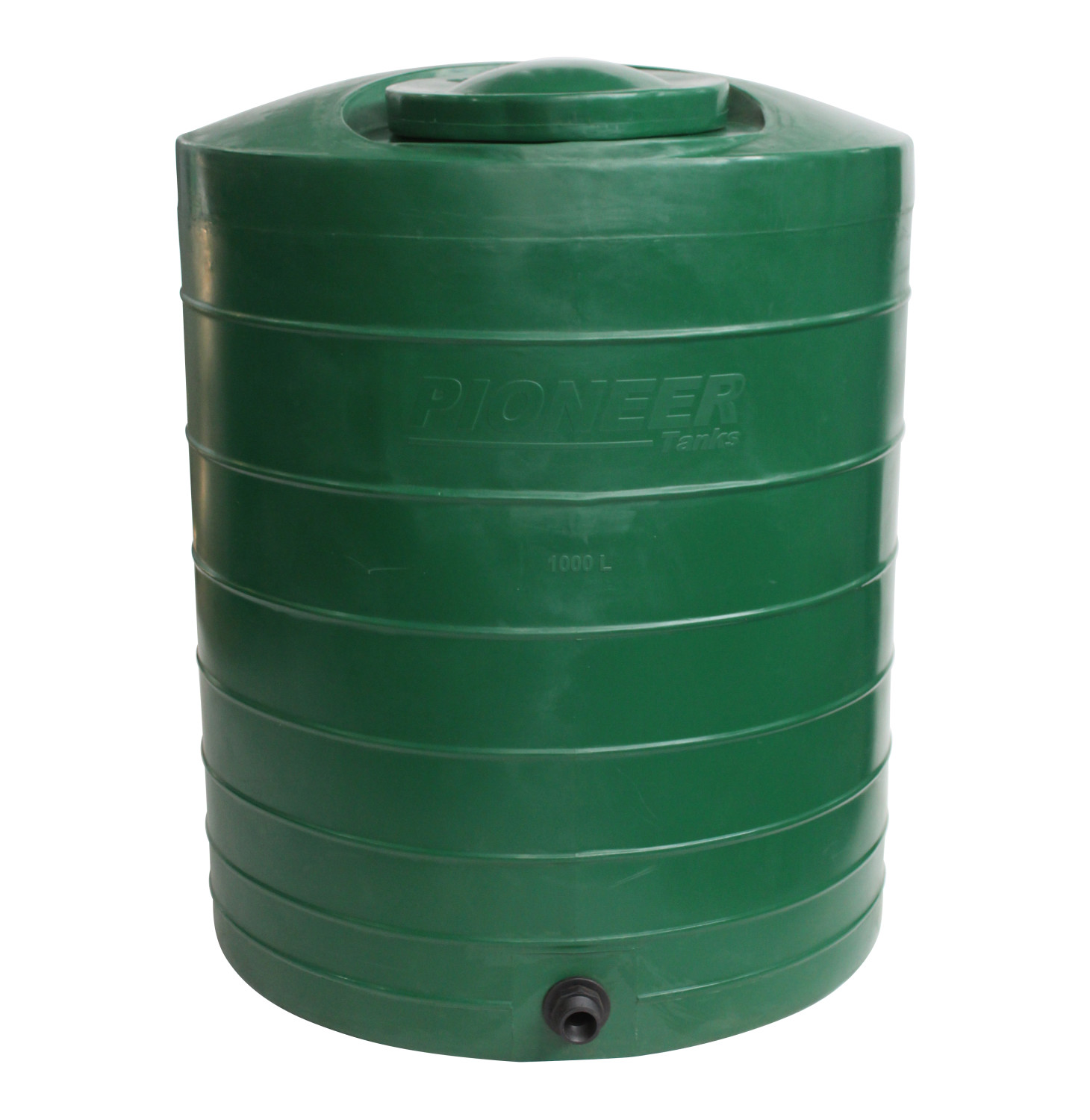Water Pump.
Simple solutiomn

Access to water and sanitation are recognized by the United Nations as human rights, reflecting the fundamental nature of these basics in every person’s life. Lack of access to safe, sufficient and affordable water, sanitation and hygiene facilities has a devastating effect on the health, dignity and prosperity of billions of people, and has significant consequences for the realization of other human rights.
People are rights-holders and States are duty-bearers of providing water and sanitation services. Rights-holders can claim their rights and duty-bearers must guarantee the rights to water and sanitation equally and without discrimination.





